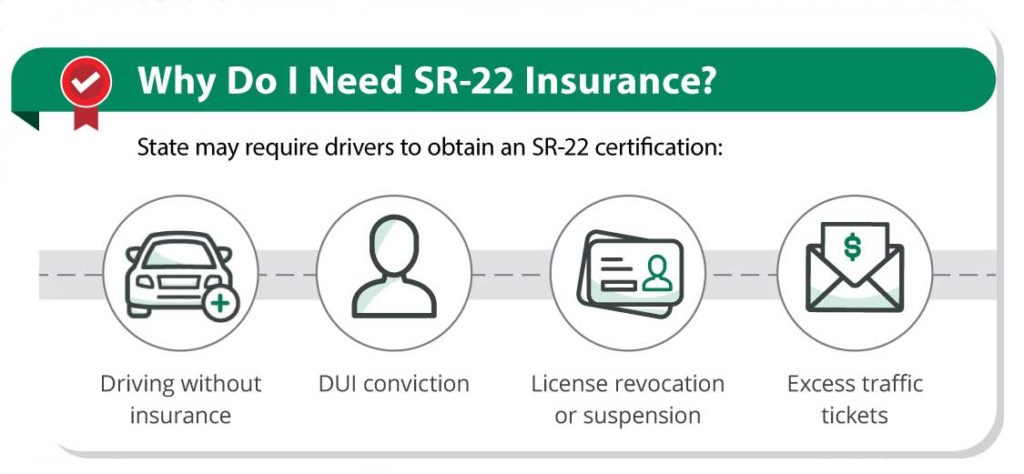What kind of vehicle is the 2024 Hyundai Kona? What does it compare to?
Redesigned for 2024, the Hyundai Kona small crossover slots between the smaller Venue and larger Tucson in Hyundai’s crossover SUV lineup. It competes with everything from the related Kia Niro to the Subaru Crosstrek and Honda HR-V.
Is the 2024 Hyundai Kona a good SUV?
Larger, roomier, and designed with an electric-first focus, the second-generation Kona builds off the daring style and loaded feature set of its predecessor. Hyundai has not announced the return of the Kona N performance model, but three powertrain options present shoppers with a lot of choice that’s unusual in the small crossover segment. We can’t rate it until we drive it this summer, but we expect it to continue to be one of the top candidates in the class. (Read more about how we rate cars.)
What’s new for the 2024 Hyundai Kona?
The redesigned Kona grows nearly six inches in length, has a 2.4-inch longer wheelbase, and is also nearly an inch wider than the first-gen Kona that launched in 2018. The Kona Electric gets a slight boost in range to 260 miles, but the mechanicals in both the gas and electric versions mostly stay the same. The big difference comes from the design, which Hyundai says started with an electric platform instead of a gas platform first as in the outgoing Kona.
The result is a body with more curves, less chunks, and a holistic design that wraps around the car. In both electric and gas models, the nose dips into a light bar spanning the front end. A lower, horizontal theme replaces the broad mesh grille, with aerodynamics overtaking the more upright face of the old model. A lower grille flanked by intakes and bookended by vertical LED headlights and running lights looks like nothing else in the Hyundai lineup. On the Kona Electric, the aero-mindedness results in a low 0.27 coefficient of drag.
In profile it takes on more traditional Kona cues, with flexed wheel arches slathered in black cladding in gas models but with body color in the Electric. Kona N Line models ride on 19-inch alloy wheels, but the Electric rolls on more efficient 17-inch wheels and tires. Parallel body lines rise up along with the windowline toward the rear, where an integrated rear roof spoiler wags from the tail. Another light bar hugs the rear, and the taillights and reverse lights clap the ends to accentuate the horizontal theme. N Line models flex dual exhaust tips, a rear spoiler, and red accents.
The inside features dual 12.3-inch display screens housed under one piece of glass curved toward the driver, similar to the Ioniq electric models. The Kona’s gear shifter also moves from the console to the steering column, freeing up space in both models for seat heater buttons, a drive mode dial, cupholders, and a wireless smartphone charger. Climate buttons, a menu bar, and audio dials underscore the center touchscreen, so most on-the-fly functions can be done without touching the screen. The dash and vents carry over the horizontal theme.
The roomier cabin comes with rear seats that can recline or fold flat to increase the cargo volume from 25.5 cubic feet with the seats up to 63.7 cubic feet. That’s a significant increase over the outgoing model’s 19.2 cubic feet and 45.8 cubes with the seats flat. Rear legroom measures 38.2 inches, which is one of the roomiest in the class but we won’t know just how roomy until we get in there ourselves; the outgoing model had 35.2 inches. The Kona Electric loses a little bit of passenger space, with rear legroom trimmed to 36.4 inches, but the front legroom exceeds that of the gas model.
2024 Kona Electric
The 2024 Kona Electric uses a slightly larger 64.8-kwh battery pack (64.0 kwh in outgoing model) to energize a 150-kw front motor that makes 201 hp and 188 lb-ft of torque. A smaller 48.6-kwh battery pack will also be offered, with a 99-kw motor making 133 hp and 188 lb-ft. The Kona Electric is front-wheel drive only, and it will initially be limited to sales in 26 states.
The Long Range version promises 260 miles of range, based on Hyundai estimates. Regenerative braking through steering-wheel mounted paddle shifters can help recoup more energy, and a one-pedal drive mode takes it to a stop. Unlike the Ioniq electrics, the Kona Electric utilizes a 400-volt not 800-volt architecture, so DC fast-charging times stretch out to 43 minutes to charge it from 10-80%. A vehicle-to-load function puts out 1.7 kw to charge appliances at camp or worksites, or for minor backup power during a blackout.
2024 Kona gas options
The 2024 Kona combustion engines carry over from last year. The base engine is a 2.0-liter inline-4 that makes 147 hp and 132 lb-ft. It pairs with a CVT and front-wheel drive, though all-wheel drive is listed on the spec sheet. Our testing of that engine in the smaller and presumably lighter outgoing Kona left us wanting, with weak highway passing and grudging takeoff from a stop.
The N Line and Limited trims carry over with a perkier 1.6-liter turbo-4 that makes 190 hp and 195 lb-ft. Hyundai ditched the balky 7-speed dual-clutch of its predecessor for an 8-speed automatic transmission that will most certainly be smoother.
Kona Electric and AWD models come with MacPherson struts up front and a multi-link rear suspension; the Kona gas FWD models use a torsion-beam rear axle.
2024 Kona safety
Historically, the IIHS and NHTSA gave the small crossover top marks in crash safety, but it remains to be seen if that carries over on the larger model. Hyundai equips it with good standard safety features such as automatic emergency braking with pedestrian detection, LED headlights with automatic high beams, and active lane control. Options include blind-spot monitors, blind-spot cameras, adaptive cruise control with sustained hands-free driving in certain situations, remote parking, a surround-view camera system, a driver-attention monitor and more.
How much does the 2024 Hyundai Kona cost?
Pricing and trim levels will be announced nearer the on-sale date later this year, but for now the 2024 Kona will be sold in Limited, N Line, and Electric models. A Kona N will not be offered initially. Expect it to cost at least $30,000; the 2023 Hyundai Kona starts at about $24,000 in base SE or $26,000 for the Kona SEL. It’s unclear if those trims will be available on the 2024 Kona. We expect the 2024 Kona Electric to exceed the current model’s $35,000 tag.
Where is the 2024 Hyundai Kona made?
In South Korea, but the Kona Electric is made in the Czech Republic.
#Hyundai #Kona #Prices #Photos #Reviews #Specs













